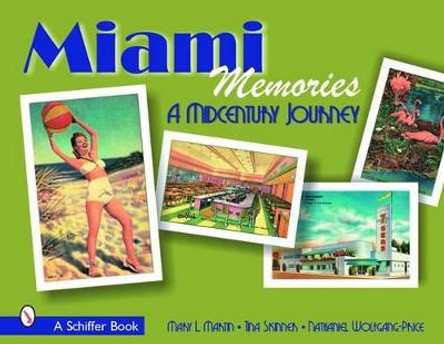Description
So-called adventure-style playgrounds featured interconnected forms including pyramids, mounds, and steps, and basic materials such as water and sand, encouraging new levels of creativity and interaction. By the end of the 1970s, ten of Central Park's twenty-two existing playgrounds, formerly paved, sterile, standard-equipment-filled lots dating to the 1930s, had been transformed according to the new design ideals. With time, deterioration prompted concerns about safety, and much of the equipment was removed. However, community interest led the Central Park Conservancy to update and preserve the playgrounds that remained in the park.
Building on successful aspects of the playgrounds, designers incorporated new technologies, materials, and equipment that reflect contemporary ideas about children's play and approaches to urban park management. They also developed strategies to better integrate them into the landscapes of the park. Today, Central Park's adventure-style playgrounds represent significant works of renewed modern landscape architecture as well as models for new thinking about playground design.
About the Author
Marie Warsh is the historian for the Central Park Conservancy.
Renowned for his design of urban play environments, plazas, malls, and parks, M. Paul Friedberg, FASLA, also founded the urban landscape architecture program at City University of New York.
Book Information
ISBN 9780807172018
Author Marie Warsh
Format Paperback
Page Count 184
Imprint Louisiana State University Press
Publisher Louisiana State University Press
Weight(grams) 410g
Dimensions(mm) 229mm * 152mm * 13mm






